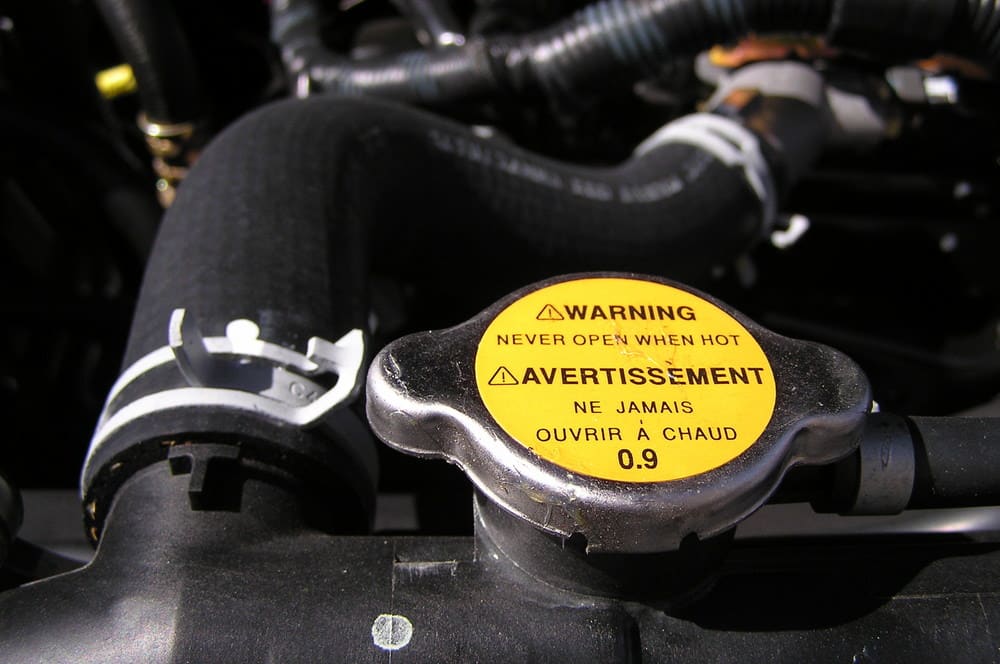

Your radiator is an essential part of your automobile. It does more than just hold the bulk of the car’s coolant, though. It’s actually responsible for removing excess heat from the coolant before it is sent back to the engine once more to start the process over again.
How a radiator works
Your radiator is made of both metal and plastic. Metal fins allow the heat absorbed by the coolant to radiate outward, where it is wicked away by moving air. Air flows over the radiator from two sources – the cooling fan (or fans) blow air over the radiator when it reaches a certain temperature. Air also flows over the radiator when you’re traveling down the road.
Coolant is transported into and out of the radiator by hoses. There’s an upper and lower radiator hose. While they both transport coolant, they’re very different. If you were to place them side by side, you’d find that they were different lengths and different shapes. They also do different jobs. The upper radiator hose is where the hot coolant enters the radiator from the engine. It cycles through the radiator, cooling as it goes. When it reaches the bottom, it moves out of the radiator through the lower hose and back into the engine to start the cycle once more.
The upper and lower radiator hoses on your engine are not interchangeable. What’s more, at least one of the two is probably a molded hose, rather than just a length of standard rubber hose. Molded hoses are specially designed for specific applications and are not interchangeable with other hoses, even other molded hoses on different vehicles.



